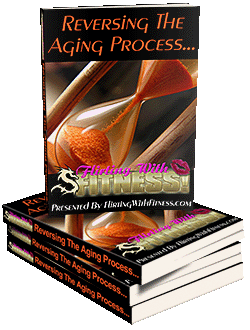People who experience chronic pain, either due to a medical condition or an injury, often visit their physician who will run a series of tests, determine the cause of the pain and, in most cases, prescribe some sort of anti-pain medication. While most anti-pain medications work well to reduce or eliminate pain, many of the most effective medications are highly addictive. Vicodin, for example, is an excellent source of pain relief, but is one of the most abused pain medications today. In addition to its tendency for abuse, Vicodin, taken over a period of time, can cause organ damage, particularly to the liver and kidneys. In many cases, the patient becomes dependent upon the Vicodin and is at a loss when the doctor refuses to prescribe any more of the substance. Because of this problem, many physicians are now recommending both medication and physiotherapy to help pain management.
When a physician feels that he or she has done all that they can for their patient and does not feel it beneficial or safe to prescribe any more anti-pain medications, he or she will often refer the patient to a physiotherapist. Physiotherapists treat many different dysfunctions and are very effective when it comes to treating people with chronic pain. Physiotherapy to help pain management has become more of a standard practice over the last decade or so. There are many "pain management clinics" throughout the country that offer those in chronic pain an opportunity to relieve their pain without the harmful side effects of drugs. More and more people who experience chronic pain are turning towards pain clinics to keep them from becoming dependent on harmful narcotic or opiate drugs, such as Vicodin.
Some of the methods employed in physiotherapy to help pain management include increasing muscle strength through a series of exercises and manipulations. Many patients, for example, experience chronic back pain simply due to poor posture and inactivity. Physiotherapists education patients on proper nutrition, exercises, posture and body mechanics to help them alleviate their pain. Other methods used in physiotherapy to help in pain management include electrical stimulation, hydrotherapy, whirlpool treatments, hot and cold treatments and ultrasound.
In order for physiotherapy to help in pain management, both the therapist and patient have to develop a good working relationship. The physiotherapist is often part of a team that includes doctors, nurses and even counselors. While treatment isn't as instant as popping a pill, it is far more beneficial in the long run as the treatment for pain management received in physiotherapy does not just mask the pain, but teaches the patient coping skills and, in some cases, eliminates the cause of the chronic pain. And, unlike medications, it has no addictive tendencies and will not cause any harm to any body organs.
More and more physicians are beginning to see the benefit of using physiotherapy to help in pain management for their patients. By working with a team of qualified therapists, doctors can offer their patients who experience chronic pain safer and more effective means to dealing with such conditions.






